In photos: Intricately carved stone balls puzzle archaeologists
Neolithic mystery
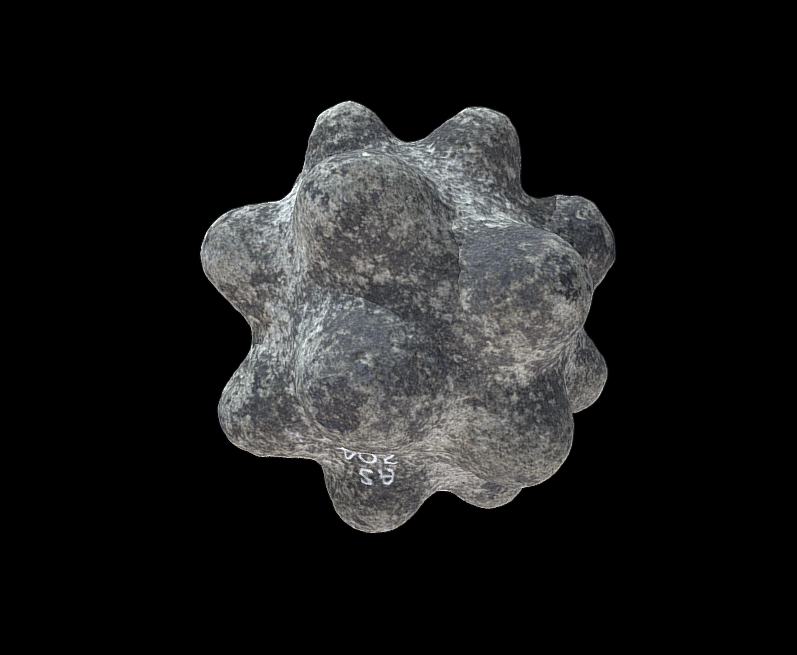
Three-dimensional models of Neolithic carved stone balls — some of the most enigmatic objects from Europe's late Stone Age — are now online, letting anyone interested in ancient wonders view many of these mysterious works of art in detail for the first time.
The 3D models have been created from precise three-dimensional photography of 60 of these mysterious objects from the collection of National Museums Scotland.
Read more: Enigmatic Stone Balls from 5,000 Years Ago Continue to Baffle Archaeologists
Towie ball
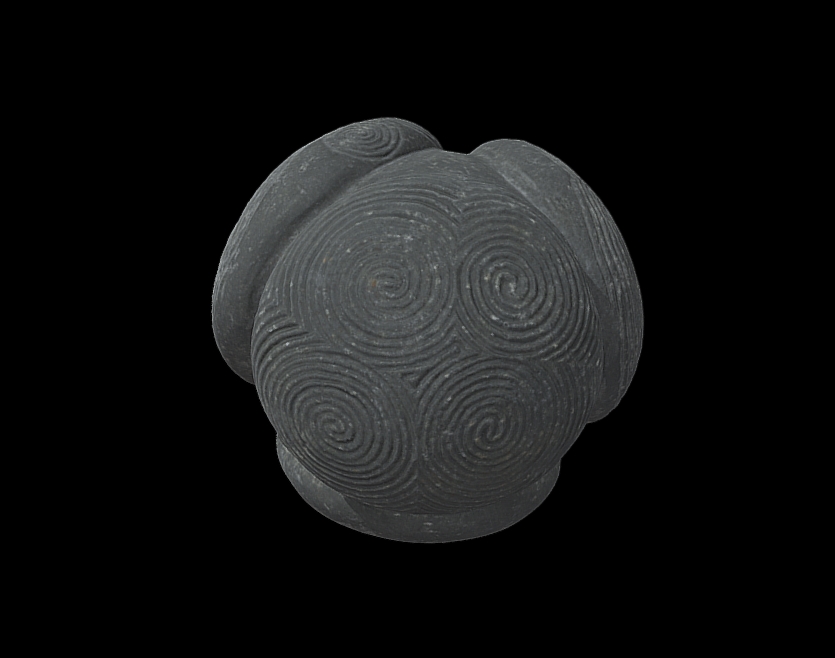
The online collection includes the most famous Neolithic carved stone ball, known as the Towie ball, which is thought to be around 5,000 years old.
The intricate spiral and circular patterns chipped into three of its four carved lobes are among the finest examples of Neolithic art.
Spiral patterns
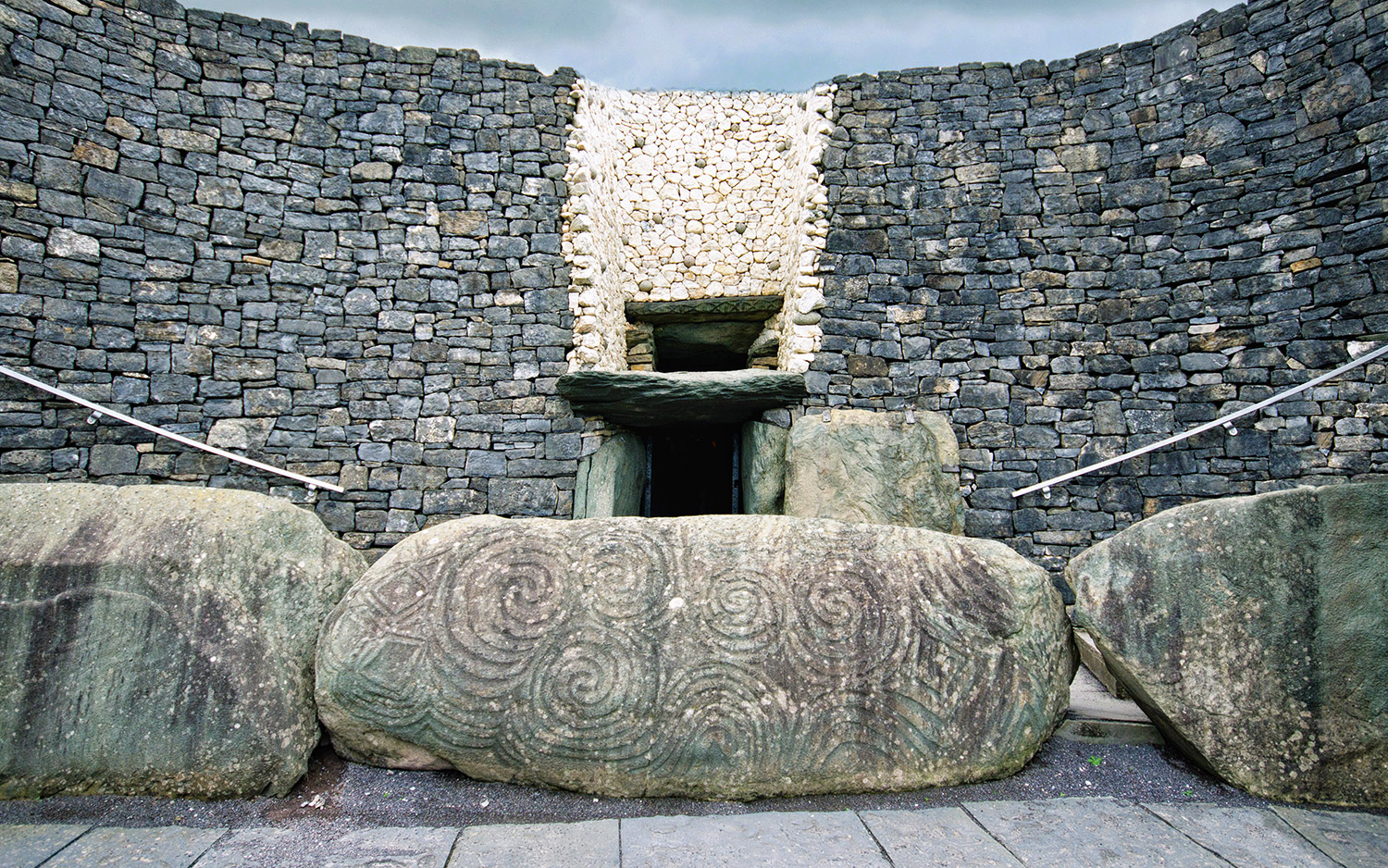
Spirals like the patterns carved into the Towie ball are a common motif in Neolithic art in many parts of Europe.
Among the most famous examples is this entrance stone from the Newgrange passage tomb in Ireland, which is thought to be around 5,200 years old.
Wide variety

More than 500 Neolithic carved stone balls have been found, mostly in northeast Scotland but also in the Orkney Islands, England, and Ireland, and one in Norway.
Each is about the size of a baseball or orange, and has been laboriously crafted with stone hand tools.
But archaeologists don't know what the carved stone balls were used for.
Theories abound

Scientists have put forth several ideas about the function of these Neolithic carved stone balls. For instance, they may have been used as a type of weapon or as weight measures for Neolithic traders.
They might also have been objects of religious devotion or symbols of social status.
New Stone Age art
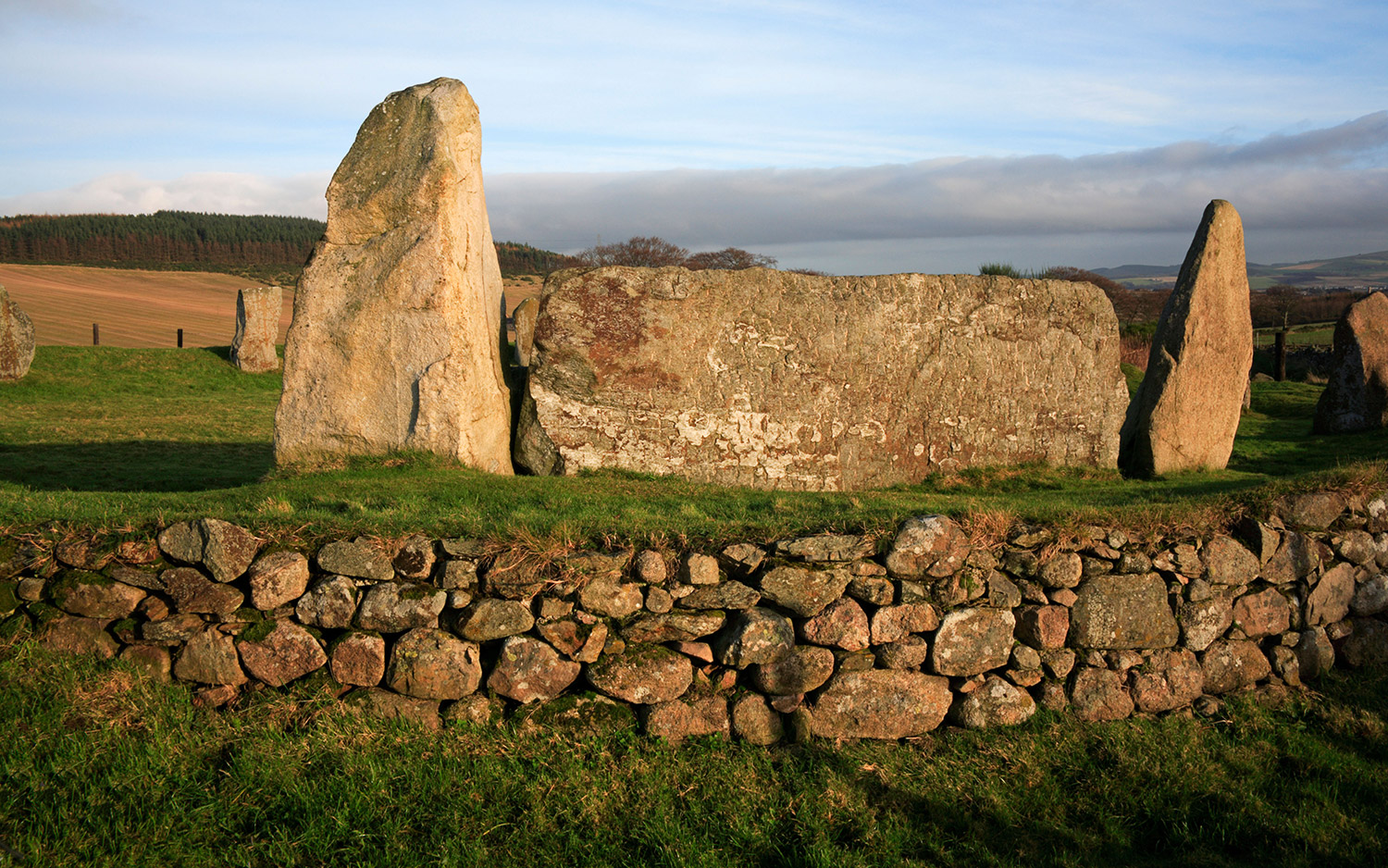
Some early archaeologists wrongly attributed the carved stone balls to the Iron-Age Pictish people who lived in Scotland between 1,800 and 1,100 years ago.
But modern archaeologists have determined that the stone balls are much older, created during the Neolithic period (or late Stone Age) around 5,000 years ago, when ancient monuments like this stone circle in Scotland were built.
Get the world’s most fascinating discoveries delivered straight to your inbox.
Orkney Islands
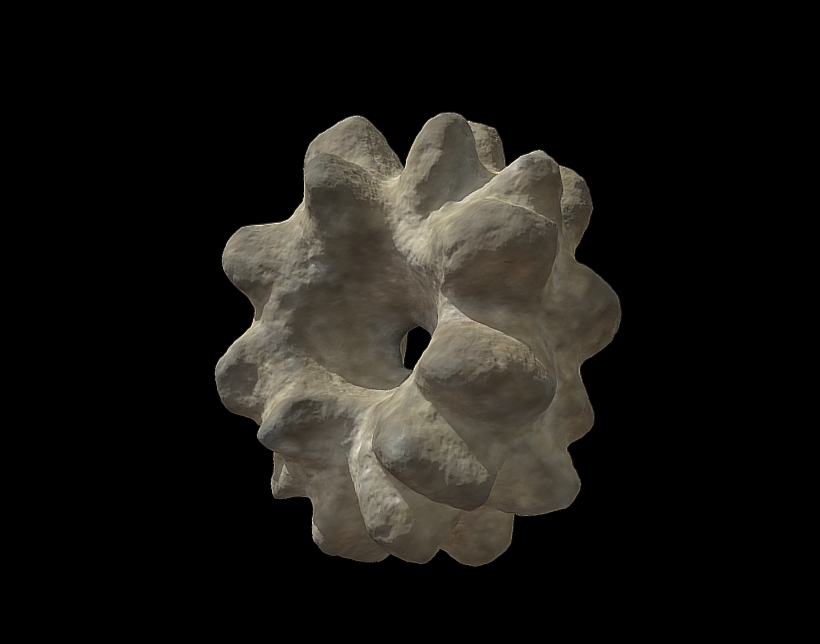
Most of the 60 Neolithic carved stone balls posted online as 3D models were found in northeast Scotland.
But the online collection also includes several carved stone balls found at Neolithic archaeological sites in the remote Orkney Islands, off Scotland’s north coast.
Skara Brae

The archaeological sites where carved stone balls have been found in the Orkneys include Skara Brae, one of the best preserved Neolithic villages in the world.
Archaeologists think the houses at Skara Brae were occupied from around 3180 to 2500 BC. No one is sure why the village was ultimately abandoned.
Local style
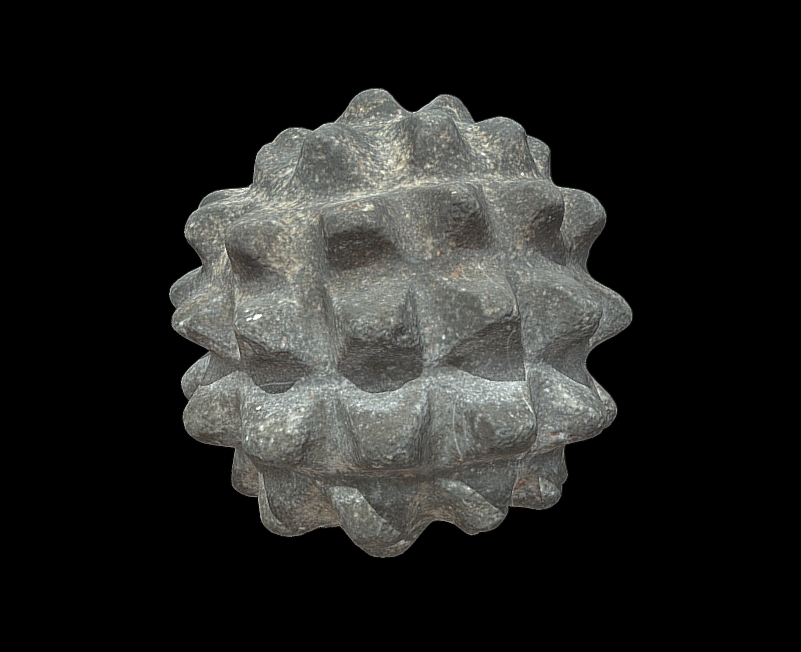
Archaeologist who have studied the carved stone balls from Skara Brae and other Neolithic sites on the Orkneys say they show a characteristic local style, with more pyramidal or pointed projections compared with other stone balls.
Tom Metcalfe is a freelance journalist and regular Live Science contributor who is based in London in the United Kingdom. Tom writes mainly about science, space, archaeology, the Earth and the oceans. He has also written for the BBC, NBC News, National Geographic, Scientific American, Air & Space, and many others.


